The chili is famous worldwide - ground dried chilies are added to many dishes, both savory and sweet. Often the name chili, refers to a pepper and a sauce. It is considered a spice with a sharp and very spicy taste that can literally cause a fire in your mouth. If you can not withstand hot, better be careful with your doses of chili.
Chili peppers (Capsicum annuum) are a hot, year-round variety of pepper, native to South America. The indigenous people of Peru are familiar with these "peppery friends" about 6000 BC. It was brought to every continent, and the pungent chili quickly spread around the world. Today, in countries like India and Thailand, they are like air – their food without chili does not work.
Chili is a spice prized by many cuisines, including having leading positions in Indian and Mexican food. They are often used dried and powdered, but are also offered raw or pickled. Chili perfectly underlines and reinforces the taste of a dish. At the same time, you can not help but feel its warm properties. Increasingly, we find chili in the company of sweet products and desserts, such as traditional or liquid (drinking) chocolate.
Chili is a delicious addition to a meal, but with undeniable benefits on human health. Only ½ tsp finely chopped red chilies added to food, have the ability to reduce appetite. The secret lies in the substance "capsaicin", which gives them a pungent flavor and reduces hunger while increasing energy.
The "loss of appetite" is stronger in people who usually do not eat spicy food. Studies show that the reduced cravings for fatty, salty and sugary foods due to the chili are even stronger.
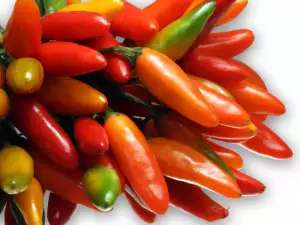
Recently, scientists discovered that chili and hot tastes can lead to dependency in a person. With its consumption, a person falls into a state of mild narcotic intoxication, which can be explained by the invasion of endorphins in the blood, after eating hot peppers.
The mechanism is as follows: the capsaicin "burns" the nerve endings in the tongue and sends false pain signals to the central nervous system. The brain reacts instantly, producing endorphins. In the end, you get addicted to the "burning taste" and seek out more spicy varieties.
Measurement of hotness is actually a measurement of the concentration of capsaicin - the active component of chili peppers. The method was formulated in 1912 by the American Wilbur Stiffly and with slight modifications applicable to this day.
The principle of this method is to extract the pepper (or chili) sauce, which is in a container and pour sugar water in, until the hotness is no longer felt. The required liquid diluting determines the scale units (5, 000 units mean that the ratio is 5000 times more water than extract).
Composition of Chilies
Chili, like chili peppers, contains many vitamins, minerals, proteins and sugars. In 100 grams of chilies, we find: 0.7 g protein, 10 mg calcium, 13.2 mg magnesium, 24 mg phosphorus, 76 mg vitamin C, 115 mg vitamin A, vitamin E, B1, B2, B6, iron, potassium, niacin, tryptophan and others.
100 g chili powder contains: Calories : 282 to 324, Protein : 13.46 g, Carbohydrate : 49.7 g, Fat : 14.28 g, Sodium: 1640 mg, Potassium: 1, 950 mg, Calcium: 330 mg, Iron: 3.17 mg, Beta Carotene : 15000 mcg.
Chili contains a lot of sodium and potassium, and coincidentally, if you have a hangover, it is better to eat hot food. Moreover, dried chilies have impressive levels of vitamin C, A, E, B1, B2, B6, and quite a few micronutrients such as calcium, iron, etc..
The alkaloid capsaicin helps burn calories faster and is a powerful antioxidant. Even with minimum consumption of chili, it causes burning in the mouth and esophagus. Simultaneously, it awakens the appetite and promotes abundant saliva in the mouth and stomach, pancreatic and intestinal juice.
Capsaicin, along with lycopene have been shown to have anticancer properties and are an effective way to combat aging. The composition of chili sauce, which is widely available in stores, is often questionable and has added enhancers and preservatives.
For example, in one of the most popular mainstream brands, we find the following content: tomato paste, sugar, drinking water, salt, modified starch, ground spicy peppers, citric and /or acetic acid, natural spices and flavors, preservative potassium sorbate and/ or sodium benzoate, sorbic acid E202.
Organic chili sauce might contain: organic tomato paste, syrup, agave, water, peppers 6%, apple sauce, vinegar, salt, onion, lemon juice concentrate, thickener - flour of black currant.
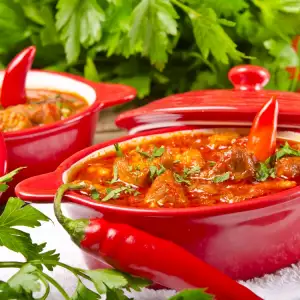
Selection and storage of chili
Buy Chili with a clearly articulated manufacturer in a container from verified stores. Keep it in the fridge, mind the expiry date.
Culinary use of chili
Chili sauce, and dried chili powder are suitable for sauces, meals on the grill, pasta. Used extensively in South American and Asian cuisine, it is used to prepare a large number of Indian and Thai dishes. If you want to cook homemade chili sauce, simply combine chilies (66%), extra virgin olive oil, cider vinegar and a little sea salt. Blend, or grind well in a mortar.
Chili is well combined with garlic, onions, fried dishes, various sandwiches. Expect a great taste, when combined with other spices such as curry, turmeric. On the market, there are many different products with a chili label - ketchup, curry sauce, Worcestershire and others. Common are the famous con carne, chili sauce, Caribbean and more. We will not offer you a prescription for any of these dishes, and we will try to set fire to your wish pungent with a more unusual recipe:
Recipe for Chocolate Truffles with chili
Ingredients : Chocolate - 250 g black, cream - 1/3 cup (35% fat), Chili - 1/4 to 1/3 teaspoon powder/ cayenne pepper, cinnamon - 2-3 pinches, powdered sugar - to taste
Preparation: The crushed chocolate melts gently in a water bath with cream until evenly mixed. Remove and mix with chili, a pinch or two of cinnamon and a little powdered sugar, if desired. The dish is covered with foil and put in a refrigerator for 2 hours. On several occasions, stir until cooled. Then the mixture is scooped with a spoon and form small chocolates that are arranged in a tray with baking paper. Put in the fridge to firm and then shape by hand. The chili chocolate truffles can be rolled in powdered sugar, cinnamon, cocoa and crushed or ground nuts.
Benefits of Chili
It is strange that spices are used for centuries for their medicinal properties, but to date, researchers continue to study their properties and even discover new benefits.

As a rule, spicy foods, including chili, improves the body's defenses against infections and colds. This effect on immunity is due to phytoncide substances which have a strong anti- bactericidal effect. Hotness has the ability to improve blood circulation, lowering blood pressure and blood sugar, as well as cholesterol.
Chili powder or cayenne pepper can relieve your painful joints. The capsaicin in chili has anti-inflammatory properties that can help relieve arthritic pain and swelling. In the end result, it improves digestion and harmful bacteria in the body are minimized.
There are those that say chili can make you slim. Have you ever wondered how Indians who use the Great River Indus for all - religious rites, bathing, drinking, washing, funerals, etc. have survived?
Perhaps the answer to your question lies precisely the magic hotness of chili, which destroys bacteria. They chilly and considered a powerful aphrodisiac and help in lung diseases, and recent studies suggest that pungent tastes can fight cancer and kill cancer cells.
Dangers of chili
Chili and hot foods are strongly discouraged for people suffering from cholecystitis, gastritis, colitis, ulcers, pancreas problems, abnormal function of the stomach and intestines, as pain that often leads to bleeding may occur. According to some experts, chili flavor is useful for gastric juices, while according to others, spicy chili can severely irritate the stomach lining and cause complications.
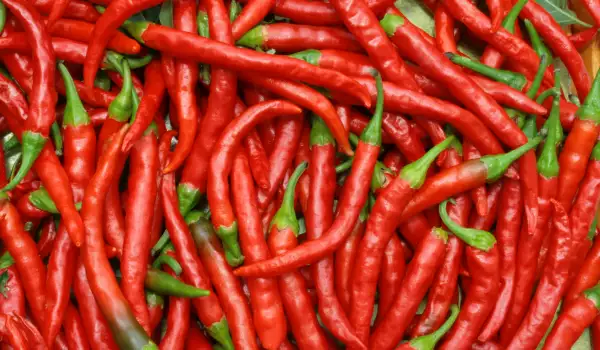

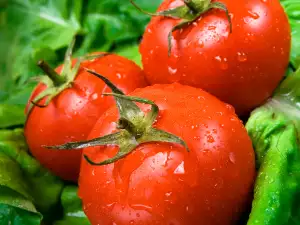



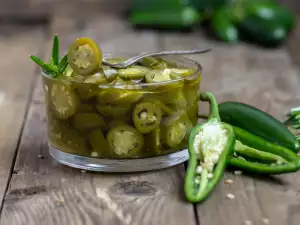

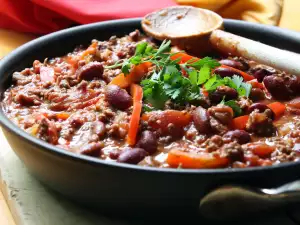
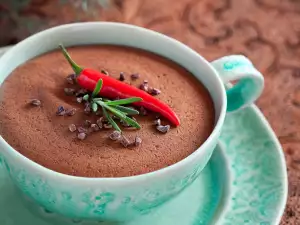




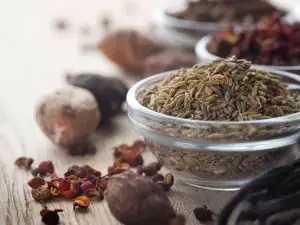




Comments